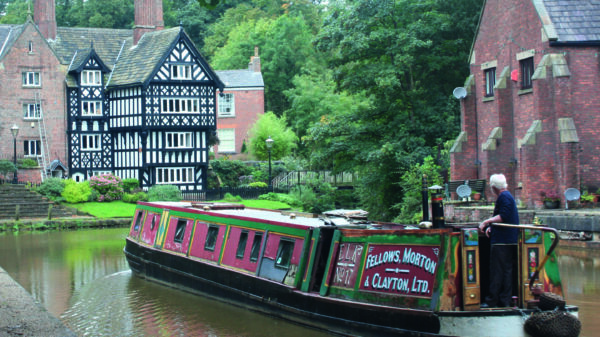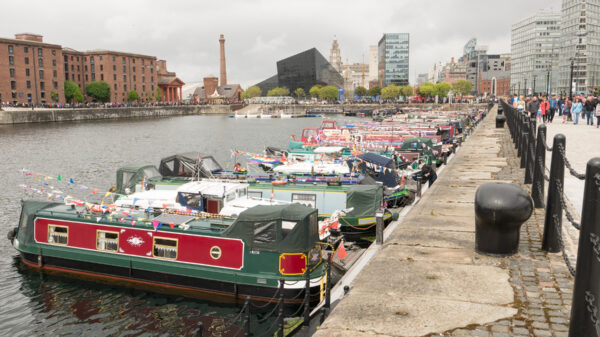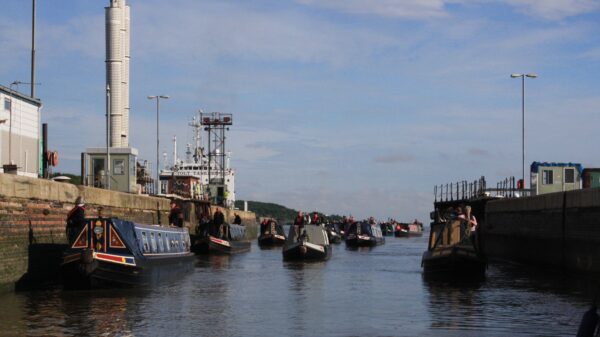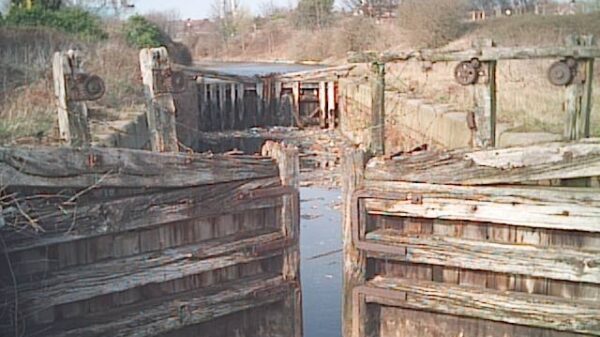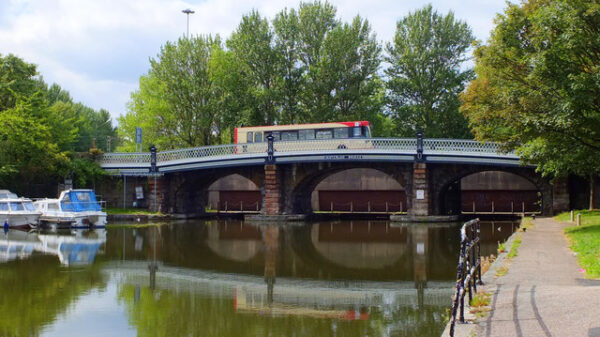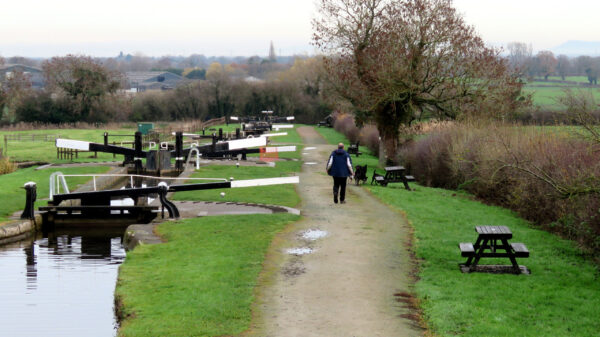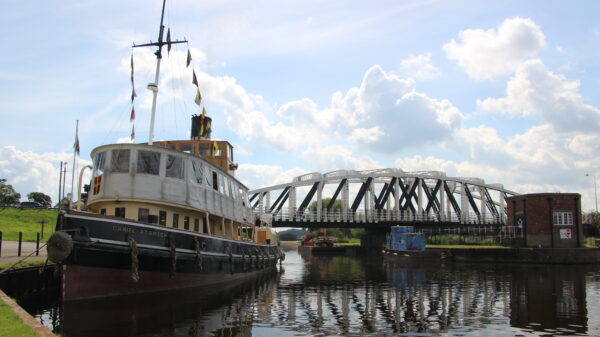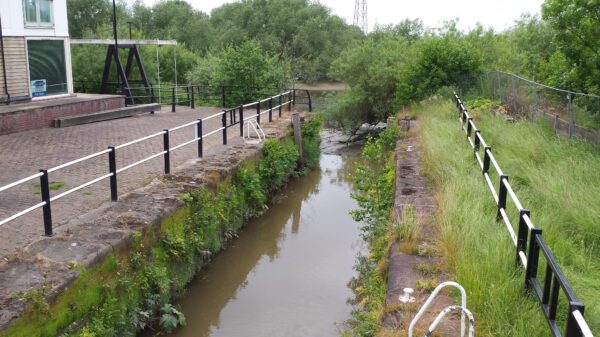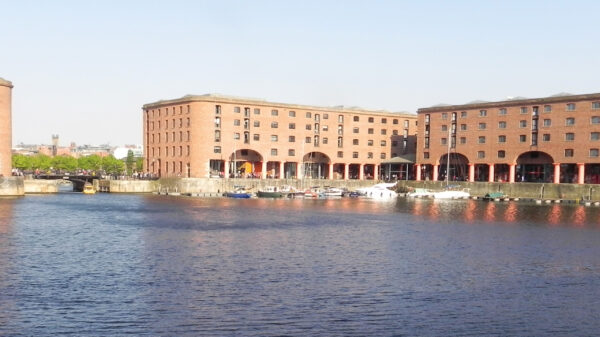About the Bridgewater Canal and Runcorn Locks
The Bridgewater Canal opened in 1776 and connected Manchester to Liverpool via the Mersey Estuary. When the Canal opened, the ten locks at Runcorn were arranged in five two-rise staircases, but they quickly became congested so a second flight of ten individual locks was built, with the two flights crossing each other below the uppermost two locks. Construction of the Manchester Ship Canal, which opened in 1894, cut across the line of these locks, so they fed into that, and the tidal locks into the Mersey fell into disuse.
The Manchester Ship Canal Act of 1885, which provided for its construction, also provided for the Ship Canal Company to acquire the Bridgewater Navigation Company, and the Ship Canal soon took away much of the Bridgewater Canal’s trade. Use of the locks at Runcorn reduced further in the years after the Second World War, and their final death knell came in 1960 when an approach road to the Runcorn Widnes Bridge was constructed at a low level and they were abandoned, with the canal terminated just below Waterloo Bridge.
The building of a new Mersey crossing has meant that the old approach road is no longer required, and has given hope that the original flight of Runcorn Locks can be restored, with access from the Bridgewater Canal once again re-established to the Manchester Ship Canal and thus to the Estuary. The restoration is being promoted by Runcorn Locks Restoration Society. Little now remains of the newer flight of locks, but the original flight, although infilled are believed to remain largely intact. Photos and a map are available here.
The Bridgewater Canal was opened all the way to Runcorn in 1776, with locks down into the tidal River Mersey Estuary. This allowed Mersey Flats (barges) to navigate easily between Liverpool and Manchester.
The original plan was to connect to the Mersey at Hempstones, to the east of Runcorn Gap, but the route was changed to connect west of Runcorn Gap where the tides and water depth were more favourable. The original flight of ten locks (arranged as five 2-rise staircases) became congested so a second flight of ten separate locks was built, with a one-way system operating.
Originally the locks connected directly to the tidal River Mersey but when the Manchester Ship Canal was opened in 1894, the locks fed into that, with the tidal locks eventually becoming unused.
[The photo shows Waterloo Bridge at the end of the Runcorn Arm of the Bridgewater Canal – by Gary Rogers © cc-by-sa/2.0]


